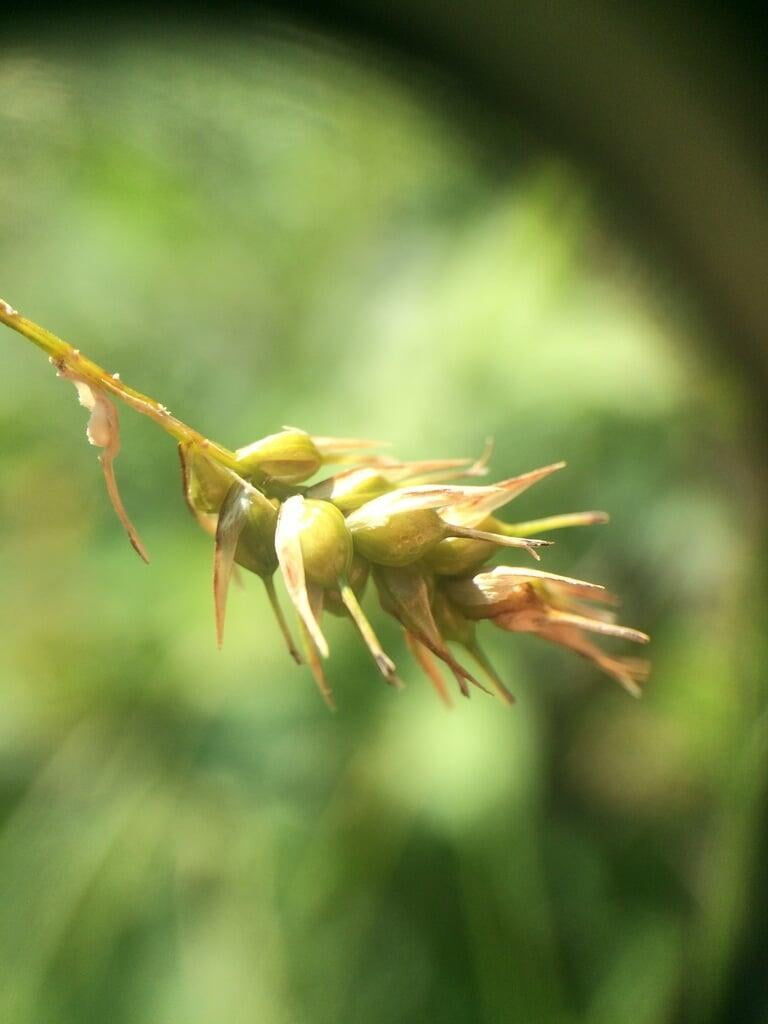Carex sprengelii
Sprengel's sedge Description:
Carex sprengelii, commonly known as long-beaked sedge or Sprengel's sedge, is a species of perennial sedge plant in the Cyperaceae family that is native to North America. It is found in a variety of wetland habitats such as bogs, fens, and wet meadows throughout much of the eastern and central United States and Canada.
The plant typically grows up to 3 feet in height, with slender stems and long, narrow, green leaves that are folded in the middle. It produces small, inconspicuous flowers that are clustered together in spikelets that emerge in late spring to early summer. The flowers are followed by small, dark-colored seeds.
Carex sprengelii is an important component of wetland ecosystems, providing habitat and food for a variety of wildlife, including birds, small mammals, and insects. Its dense root system helps to stabilize soil and prevent erosion, while also aiding in water filtration and nutrient uptake.
In addition to its ecological importance, Carex sprengelii is also valued as an ornamental plant for its attractive foliage and ability to grow in wet or boggy areas. It is often used in wetland restoration projects, as well as in garden settings as a ground cover or shade plant. It can also be used in green infrastructure systems for stormwater management and riparian buffer zones to prevent runoff and protect water quality.
Native Range:
Sprengel's sedge is mostly found in Northern states, from Montana to Maine. It does, however, have a southern range in the West that stretches from Montana down to New Mexico.
Standard Plant Information:
Plant height: 1' - 3'
Fruiting time: June - July
Preferred habitat: Does well in part shade to full sun in average to moist soil. Often found in woodland, floodplains, along shores, meadows, river bluffs, and outcrop margins.
Sowing:
For most homeowners, the best option is to scatter seed on the ground by hand broadcasting at a minimum of 15-16 pls lbs per acre. For even coverage, we recommend that you broadcast seed in perpendicular rows across the site to ensure even coverage.
Planting:
Simply dig a hole in the soil slightly larger than the plant’s roots. Ensure that the soil line of the plant is maintained during the transfer (i.e. the plant should be at the same level with the ground as it was in the pot). Pack any loose dirt back around the plant and make sure you water it well the same day to ensure it has the best chance of survival.










